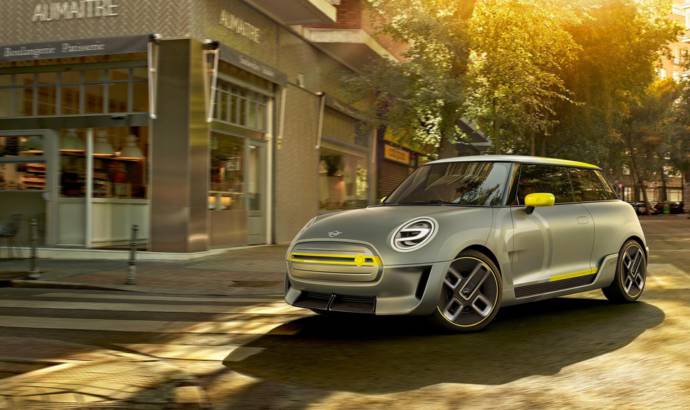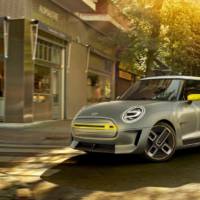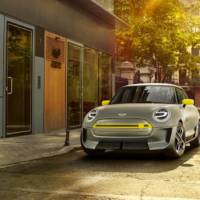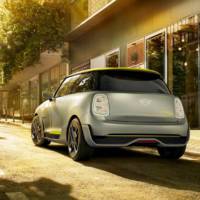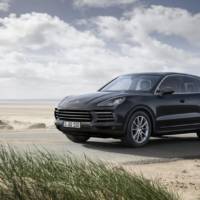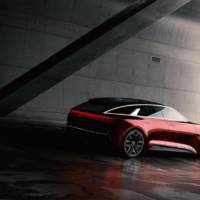Mini announced it will unveil an electric model a long time ago. The UK-based manufacturer already introduced its first hybrid model last year, when it unveiled the new generation Countryman. But now, during the IAA in Frankfurt, an electric model will make its worldwide debut. But just in concept form.
Called Mini Electric Concept, the car is designed for use in urban areas and offers a window into how pure-electric day-to-day mobility might look in the years ahead. But don’t get to excited as MINI will present an all-electric series-production model in 2019.
The MINI E unveiled in 2008 was the first all-electric car from the BMW Group to be driven by private users in everyday traffic conditions – as part of an extensive field trial. Over 600 MINI E cars entered service worldwide for the purpose of the field studies.
MINI Electric Concept represents a seamless continuation of this bloodline. In the future, all electrified products from the MINI brand will be grouped together under the “MINI Electric” banner.
A hexagonal radiator grille and circular headlights are the first things viewed from the front. Identifying features include the contrasting silver and yellow colour scheme reminiscent of the earlier MINI E, as well as the distinctive E badge. Besides this, the radiator grille and headlights have been reinterpreted to reflect the emission-free drive technology under the bonnet. As the electric drive unit requires very little cooling air, the radiator grille is closed for superior aerodynamics. A Striking Yellow accent bar in the grille – with an E badge in the same colour – produces a powerful contrasting effect, which is echoed by the styling of the daytime running lights in the all-LED headlight assemblies.
The design of the dark-coloured 19-inch wheels adds another visual highlight, picking up on the idea of the radiator grille’s accent bar and reinterpreting it in asymmetrical form. The aerodynamic inlays – made using a 3D printing process – echo the fibreglass structure of the air deflectors.

